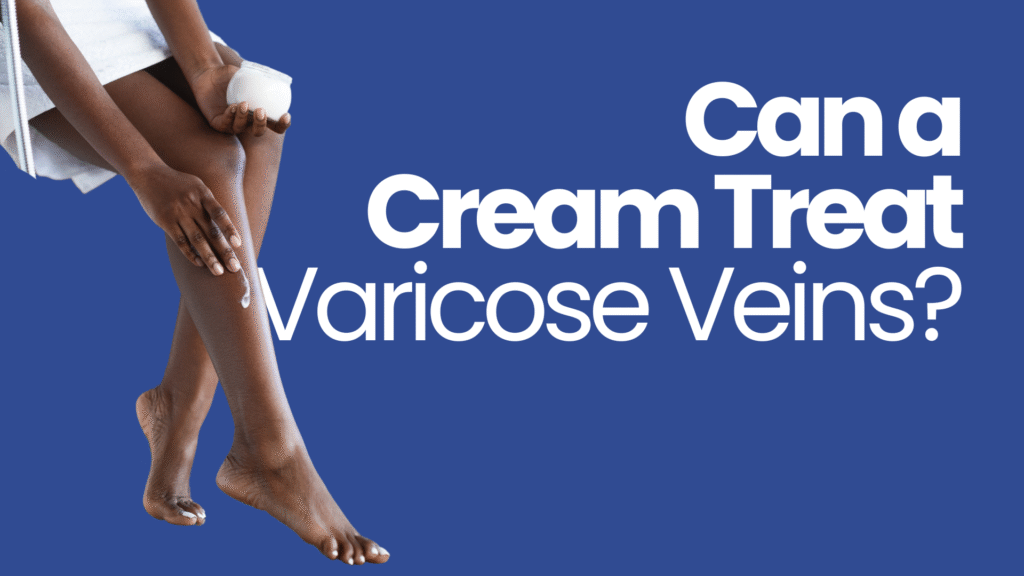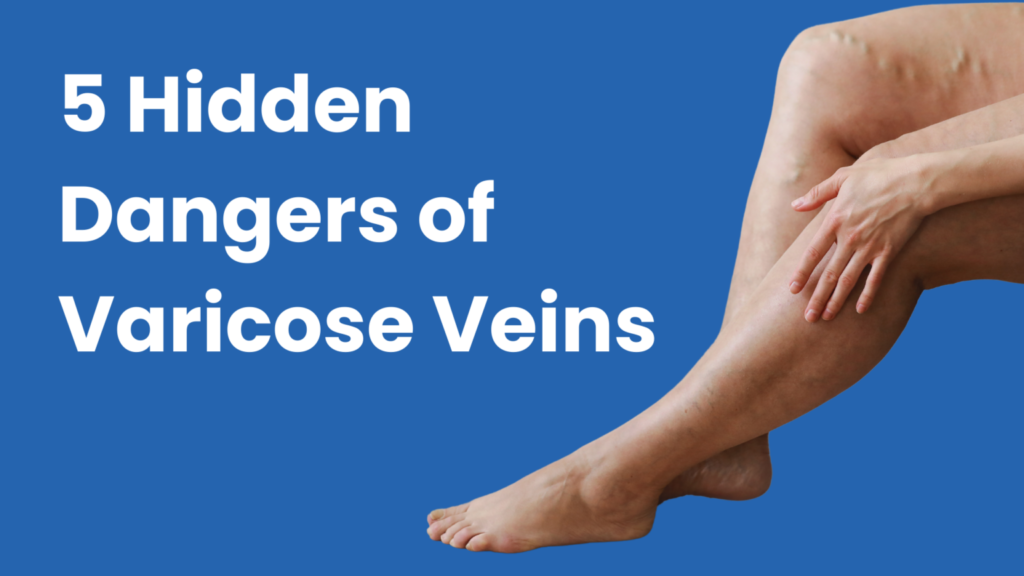If you’ve started to notice little red and blue squiggles pop up under the surface of your skin, it can be quite concerning. Sometimes, they’re accompanied by bothersome symptoms as well, like leg fatigue or itching. In any case, it then becomes a matter of stopping the symptoms, or making them disappear.
When looking into spider or varicose treatment, Miami residents often search for natural or home remedies first. The Internet can provide a wealth of information, but it’s difficult to sort the facts from the myths when it comes to choosing natural leg vein treatments.
Spider and Varicose Veins are More than Poor Circulation
Your veins are designed to be like one-lane highways that carry blood back to your heart. As they’re squeezed, the blood moves forward. When the pressure is released, valves inside close, stopping the blood from going backwards. Unfortunately, sometimes our bodies don’t function as they’re supposed to. Pregnancy, carrying extra weight, living a sedentary life, age, and other things, can cause the veins to lose elasticity, and the valves may begin to malfunction. Blood is able to pool inside the veins, and they become permanently distended. We recognize this as spider and varicose veins.
How Common Natural Leg Vein Treatments Work (or Don’t Work)
Depending on where you turn, you may hear that apple cider vinegar, raw honey, unflavored gelatin, basil, or butcher’s broom will clear up spider and varicose veins. There isn’t any scientific evidence that shows these things do anything. Moreover, they don’t contain any ingredients known to have an effect on appearance or symptoms of the condition. Another popular home remedy is horse chestnut, which is believed to work as a blood thinner. There are several problems with this, though. First, it’s an all-over treatment. It doesn’t just affect your veins, and having thinner blood can actually cause other problems, especially if you’re monitoring the dosage on your own. People with excessively thin blood may have trouble stopping wounds from bleeding, often bruise easily, and can have other issues. Secondly, it doesn’t address the underlying cause. Your veins will still be distended. On a final note, the symptoms you’re experiencing could be the result of a more serious issue, so you need to have an examination from a doctor to rule it out.
Non-Invasive Leg Vein Treatments Are a Safe and Reliable Option
If you want to truly manage the problem, you’ll need a doctor’s help. However, there are many non-invasive options available. EVLA laser treatment and sclerotherapy are popular choices, and have no downtime. They tend to be so quick that people can schedule them on a lunchbreak, and go on with their day as usual afterwards.
Schedule an appointment with a vascular physician to make sure you don’t have a more serious condition and to find out which options you’re a candidate for. There’s a good chance you can be free of the unsightly spots and their symptoms in a simple, effective, manner, without pouring money down the drain using useless and potentially dangerous supplements.


